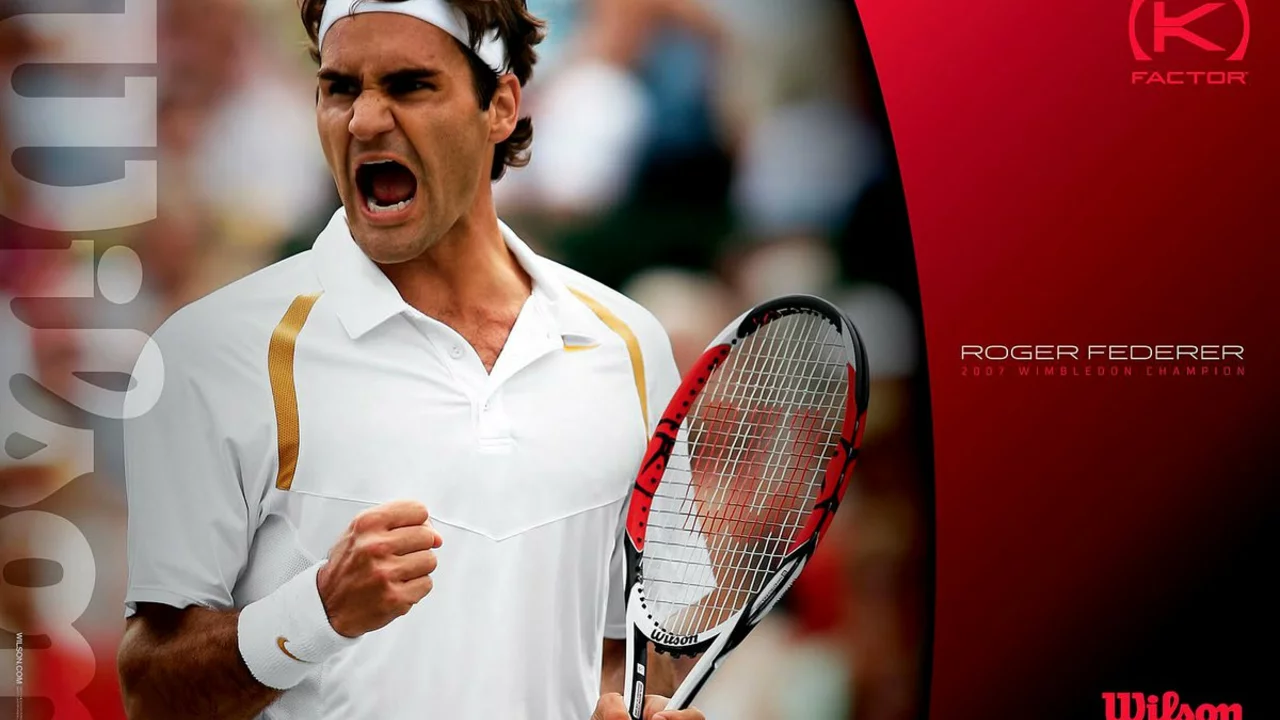Tennis Achievements: What Makes a Champion?
When you hear the word "champion" you probably picture a player hoisting a trophy after a long, hard‑fought match. But the real story behind those moments is a mix of stats, grit, and a few quirky habits. Let’s break down the biggest tennis achievements that fans love to talk about and see how they can help you improve your own game.
Record‑breaking moments that define the sport
Grand Slam titles are the gold standard. Novak Djokovic sits at the top of the list with 17 majors, edging past many legends and showing that consistency over decades matters more than a single flash‑in‑the‑pan win. Roger Federer, though slightly behind in total majors, still commands respect for his 20‑year reign at the top and a career earnings tally that puts him in the billionaire‑club of athletes.
Women’s tennis has its own power players. Serena Williams’ 23 Grand Slam singles titles set a new benchmark for the sport, proving that dominance isn’t tied to gender. This surge in popularity for women's tennis draws in new fans every year, especially as media coverage expands and more young girls pick up a racket.
Beyond the big four, other achievements deserve a shout‑out. Watching pro matches can sharpen your tactics – you’ll notice how the pros vary serve placement, adjust footwork, and manage pressure. Even something as simple as how a player reacts after a lost point can teach you to stay calm under fire.
How to learn from the greats and boost your own game
First, study match footage with a purpose. Pause on a rally you like and ask yourself why the player chose that shot. Was it about exploiting a weakness, or simply playing to their own strength? Then try to replicate the footwork in your own practice – good movement often makes the difference between a forced error and a winning shot.
Second, adopt the mental habits of champions. Djokovic is known for his routine of deep breathing between points; it’s a quick way to reset focus. Federer famously smiles after each point, keeping the mood light and the pressure low. Pick one mental trick that feels natural and make it part of your pre‑match ritual.
Third, avoid common pitfalls like racket throwing. A sudden outburst might feel satisfying in the heat of the moment, but it can lead to fines, warnings, or even disqualification. Channel that energy into a powerful serve or a decisive forehand instead.
Finally, remember that every achievement starts with small steps. Whether you’re chasing a personal best in a local tournament or just aiming to hold a rally longer, set measurable goals. Track your progress weekly, celebrate the wins, and learn from the losses – that’s the exact recipe the top players follow.
So next time you hear about a new Grand Slam record or a legendary comeback, ask yourself: what can I copy, what can I improve, and how can I turn that inspiration into a real win on my own court?
